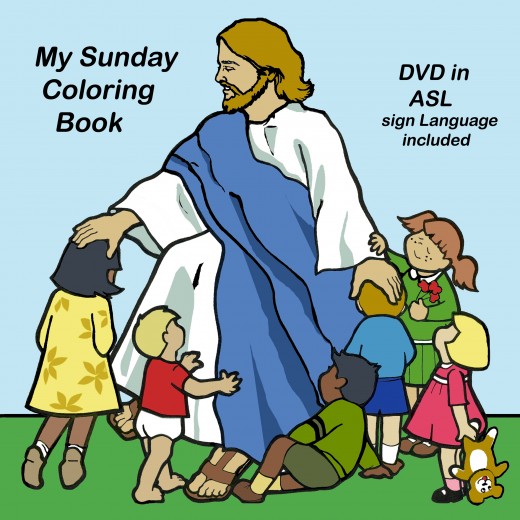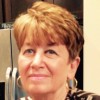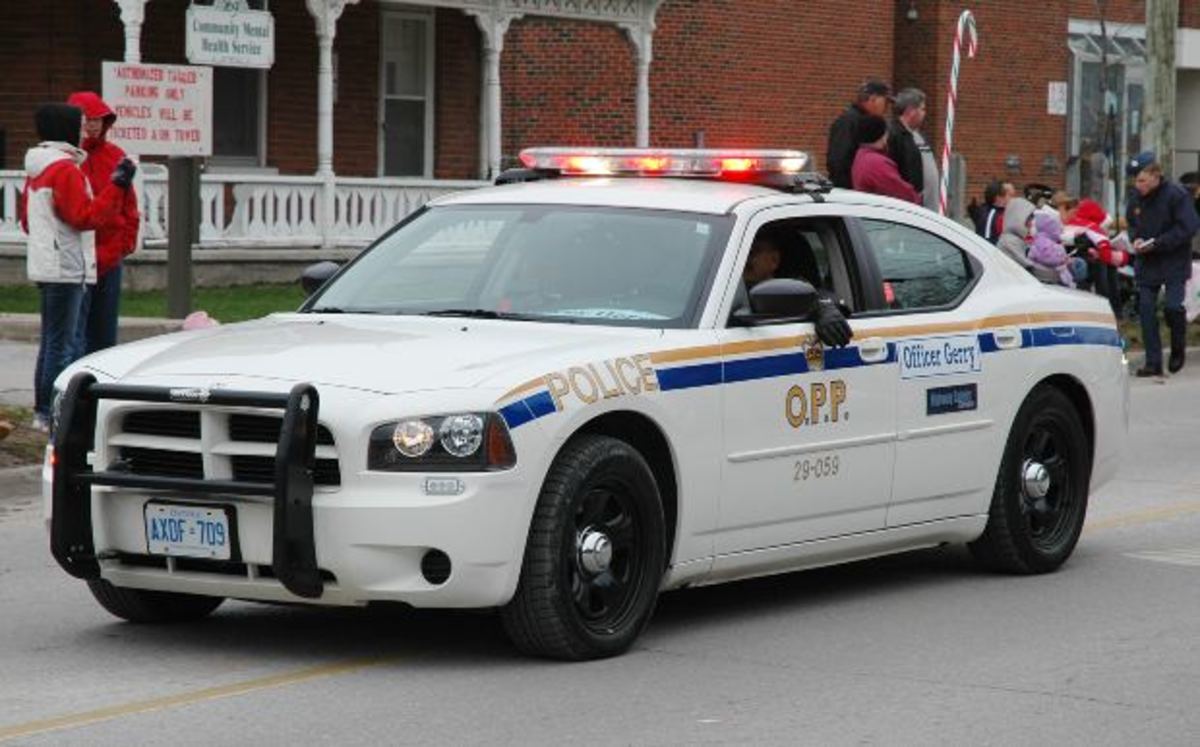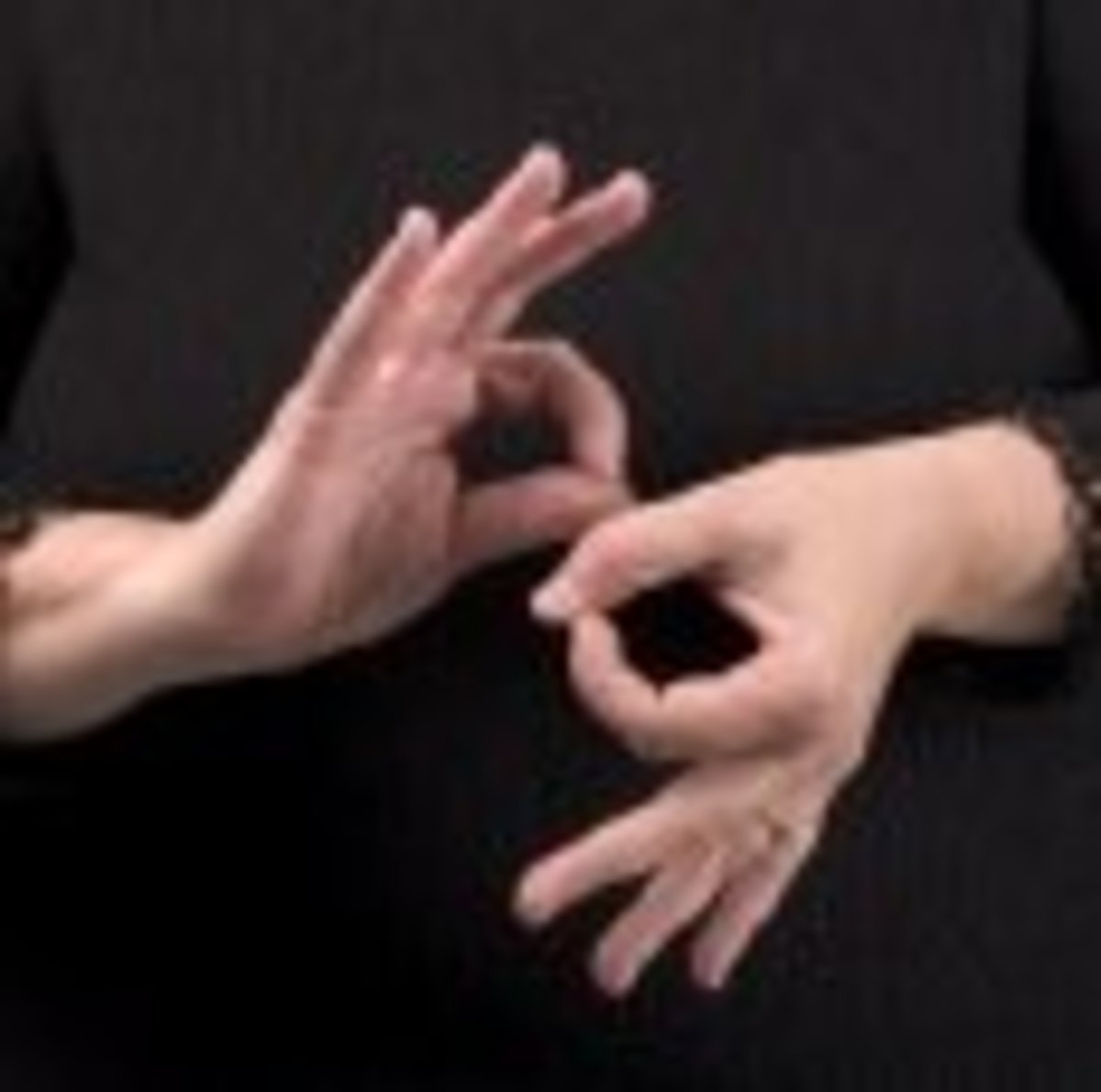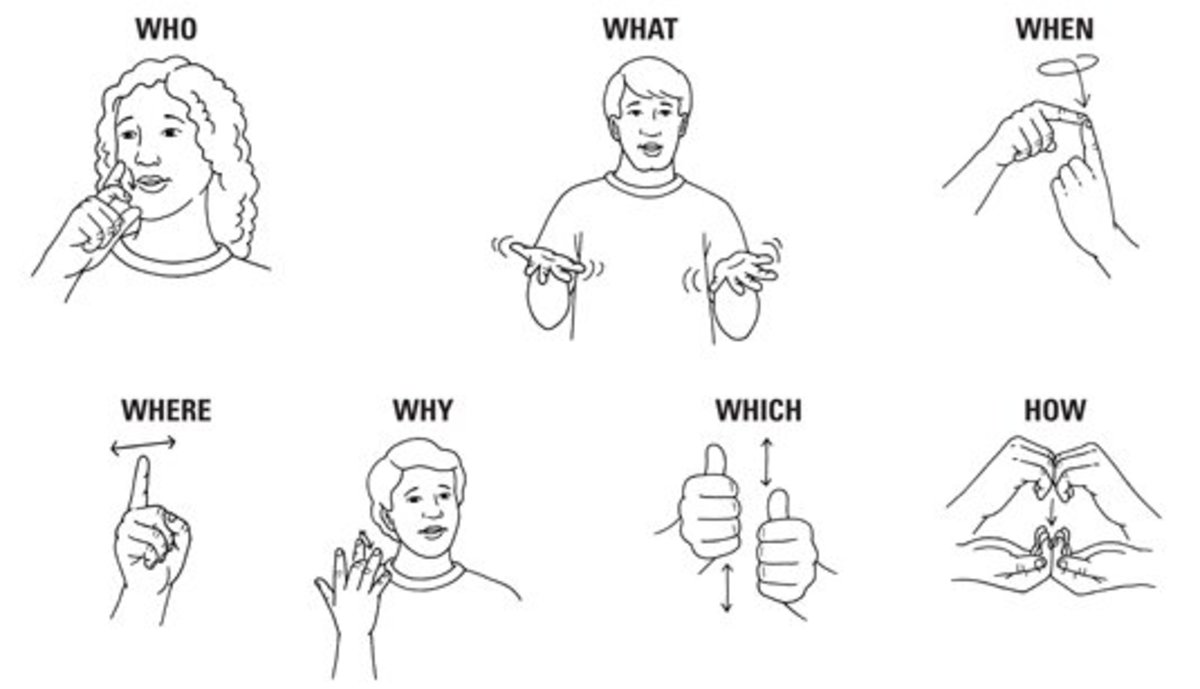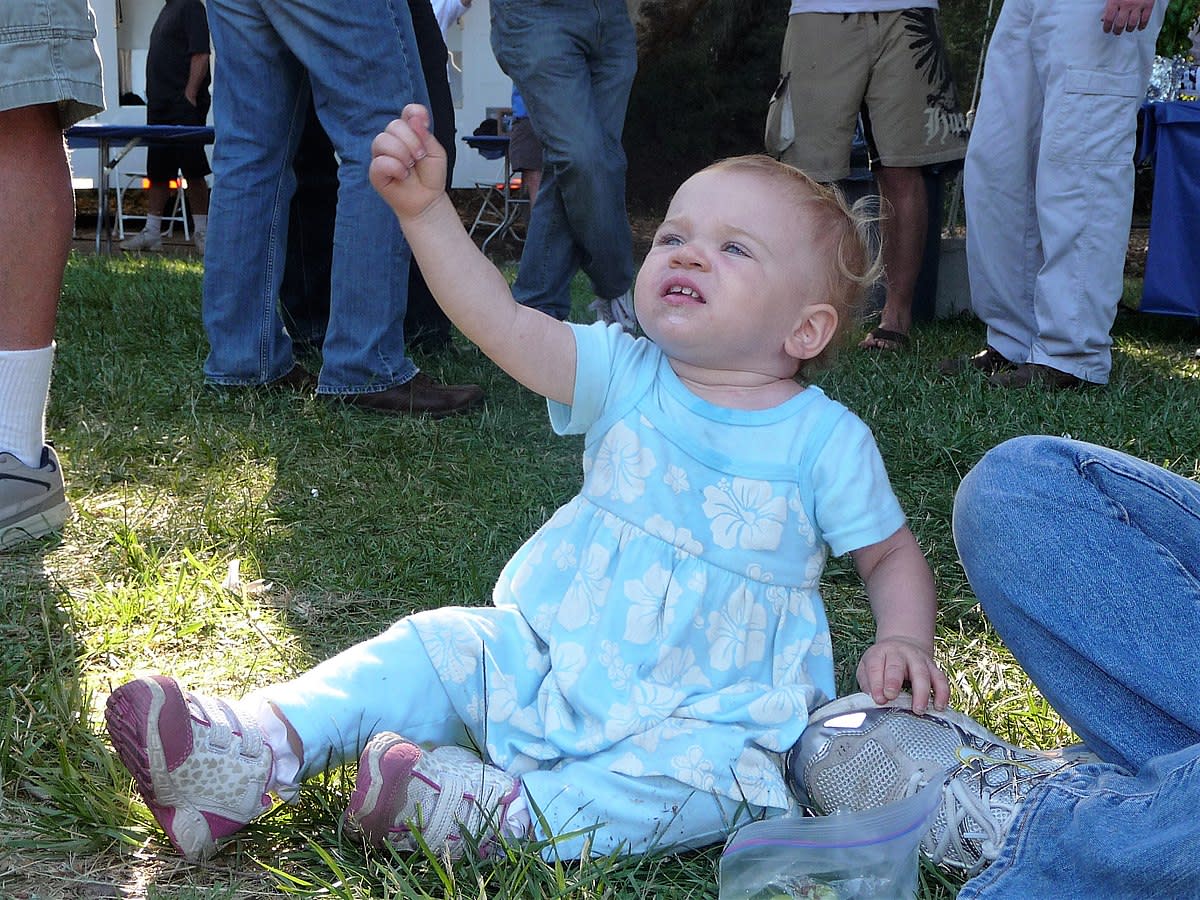Coloring Art and Visual Language
The Deaf Have Their Own Language
I am the mother of three deaf adults, and now have deaf grandchildren. I have been appalled at the lack of literature and printed materials and videos available to the deaf for their development of language and reading skills. The majority of people believe that although the deaf can't hear our language, that they can still develop the same language skills through reading , as the blind can develop language skills through hearing. This is an incorrect assumption, as reading skills are based on hearing the language--as reading is based on sounds. To compensate for this inequality, years ago, with my first deaf son, Mark, I developed a system of visual symbols and hand signs for the deaf, called Visual Phonics, the missing part of sign language--a sign language for sound. This provided a way for the deaf to see and feel the sounds, and transfer that into a reading program. For the first time, profoundly deaf children, were able to see that the letters do do not always sound the same in english. For instance, the letter A sounds differently in words such as--about, cake, eat and any. But this is still not enough, the deaf have their own language--ASL, American sign language, in our country, and it does not follow the same grammatical structure as the english language--it is indeed, another language. The blind have thousands of books in braile, and talking books available in many libraries and at no cost. But, however, if you go to any local library anywhere, you will find nothing available for the deaf in their language, ASL. If you go to any book store and ask for a book for the deaf, you get the same response--the only ones available are for the hearing to learn sign language. Now it has become very popular to have books to teach sign language to young children, as they pick it up quickly and are able to sign their needs and wants in sign language before they are able to speak---but these are not books for the deaf. The deaf students, according to statistics that I have read in studies from universities such as Gallaudet, have low reading comprehension levels compared to hearing students. After high school graduation, their reading level is only around a 4th grade level. One cannot even read and understand the newspaper it this level. If they were to rely on closed captioning for the deaf to get their news--try seeing how well things are spelled and see if you can always understand what is written in the closed captions! It is true, with the video phone and translators, more is being done today than ever before, but it is still not enough. There is a whole world of information and literature that the deaf are missing out on. The classic novels and stories could be translated into ASL---many books that they will never otherwise enjoy. I am, of course, aware of the life-long battle that has been on going between the Oralists and those that advocate Sign Language, and I believe that their lack of cooperation between the two camps has greatly hindered the development and organization of the deaf community to demand more materials for their educational development. I hope that one day there will be greater advocates to push for more materials in behalf of the deaf that rely on sign language as their main means of communication---remember not everyone learns the same way--and freedom of choice is and always will be a God given right to all.
Children's Coloring Books For The Deaf
I have developed several books for the deaf--starting with simple, coloring books that are accompanied with a DVD in ASL to go with the pictures. There are three religious, coloring books, an Animal Alphabet book, a Colors and Numbers book, a book on clouds, a children's story book, and a dragon, fairytale book--part of a series-for older children. Most have black and white illustrations--some for coloring--and are translated into ASL. The first book will be on the market the first part of 2011. I only hope, that one day, many more books will be available, especially the great classics, in ASL. There is a great need for these materials, and I only hope that this is just the beginning of many more to come.
My Sunday Coloring Book
